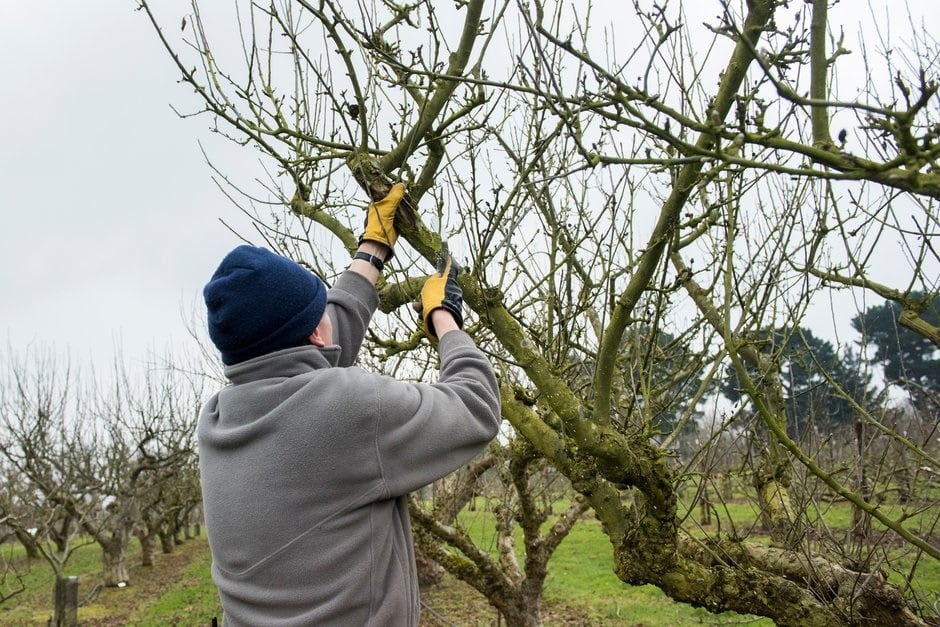As the growing season comes to an end, it’s essential to prepare your garden for winter to ensure its health and productivity in the next year. Proper winter preparation protects plants, enriches the soil, and helps prevent pests and diseases. This guide on Gardening Services provides detailed steps on how to get your garden ready for the winter months.
Cleaning Up the Garden
Remove Dead and Diseased Plants
Clear out any dead or diseased plants to prevent pests and diseases from overwintering in your garden.
- Why It’s Important: Reduces the chance of disease spread and pest infestation in the spring.
- How to Do It: Pull out dead plants by the roots and discard them. Do not compost diseased plants; instead, dispose of them to prevent contamination.
Weed Thoroughly
Remove all weeds from your garden to prevent them from competing with your plants in the spring.
- Why It’s Important: Weeds can harbor pests and diseases and may regrow in the spring.
- How to Do It: Use a hoe or hand tools to remove weeds completely, including their roots.
Soil Preparation
Amend the Soil
Add organic matter to improve soil structure and fertility.
- Materials: Compost, well-rotted manure, or leaf mold.
- How to Do It: Spread a 2-3 inch layer of organic matter over the garden beds and lightly work it into the soil with a fork or tiller.
Test Soil pH
Test the soil pH to determine if any adjustments are needed.
- Why It’s Important: Maintaining the correct pH ensures nutrients are available to plants.
- How to Do It: Use a soil testing kit or send a sample to a local extension service. Adjust pH with lime (to raise pH) or sulfur (to lower pH) as needed.
Mulching
Apply Mulch
Mulch helps regulate soil temperature, retain moisture, and suppress weeds.
- Materials: Straw, wood chips, shredded leaves, or evergreen boughs.
- How to Do It: Apply a 3-4 inch layer of mulch over garden beds, especially around perennials and root crops.
Protecting Plants
Covering Perennials
Protect perennial plants from frost and extreme temperatures.
- Materials: Burlap, straw, or frost blankets.
- How to Do It: Wrap plants with burlap or cover them with frost blankets. Apply a thick layer of mulch around the base of plants.
Protecting Trees and Shrubs
Young trees and shrubs need protection from cold and animal damage.
- Materials: Tree wraps, burlap, or wire cages.
- How to Do It: Wrap the trunks of young trees with tree wrap to prevent frost cracks and animal damage. Use burlap to shield shrubs from wind. Install wire cages around the base to protect from rodents.
Winterizing Garden Equipment
Clean and Store Tools
Properly clean and store garden tools to extend their lifespan.
- How to Do It: Remove dirt and rust from tools. Sharpen blades and oil metal parts to prevent rust. Store tools in a dry, sheltered location.
Drain and Store Hoses
Prevent hoses from cracking due to freezing temperatures.
- How to Do It: Drain all water from hoses and store them coiled in a shed or garage.
Winterize Irrigation Systems
Protect irrigation systems from freeze damage.
- How to Do It: Drain water from irrigation lines and shut off the main water supply. Blow out remaining water with compressed air if necessary.
Planting for Winter
Plant Cover Crops
Cover crops protect soil and add nutrients.
- Best Cover Crops: Rye, clover, vetch, or winter peas.
- How to Do It: Sow cover crop seeds in vacant garden beds before the first frost. These plants will grow and provide ground cover during the winter.
Fall Planting of Bulbs
Plant spring-flowering bulbs in the fall for early blooms.
- Best Bulbs: Tulips, daffodils, crocuses, and hyacinths.
- How to Do It: Plant bulbs at the appropriate depth (usually 2-3 times their height) in well-drained soil.
Planning for Spring
Create a Garden Plan
Reflect on the past season and plan for the next.
- Why It’s Important: Helps you rotate crops, improve garden layout, and prepare for new plantings.
- How to Do It: Note what worked well and what didn’t. Sketch a plan for crop rotation and new plantings.
Order Seeds and Supplies
Get a head start on the next season by ordering seeds and supplies early.
- Why It’s Important: Ensures you have the desired varieties and necessary materials ready.
- How to Do It: Browse seed catalogs and garden supply websites. Make a list of needed items and place orders in the fall or winter.
Conclusion
Preparing your garden for winter is essential for maintaining its health and productivity. By cleaning up the garden, amending the soil, mulching, protecting plants, and winterizing equipment, you can ensure a strong start for the next growing season. Implement these practices to keep your garden thriving year after year.



